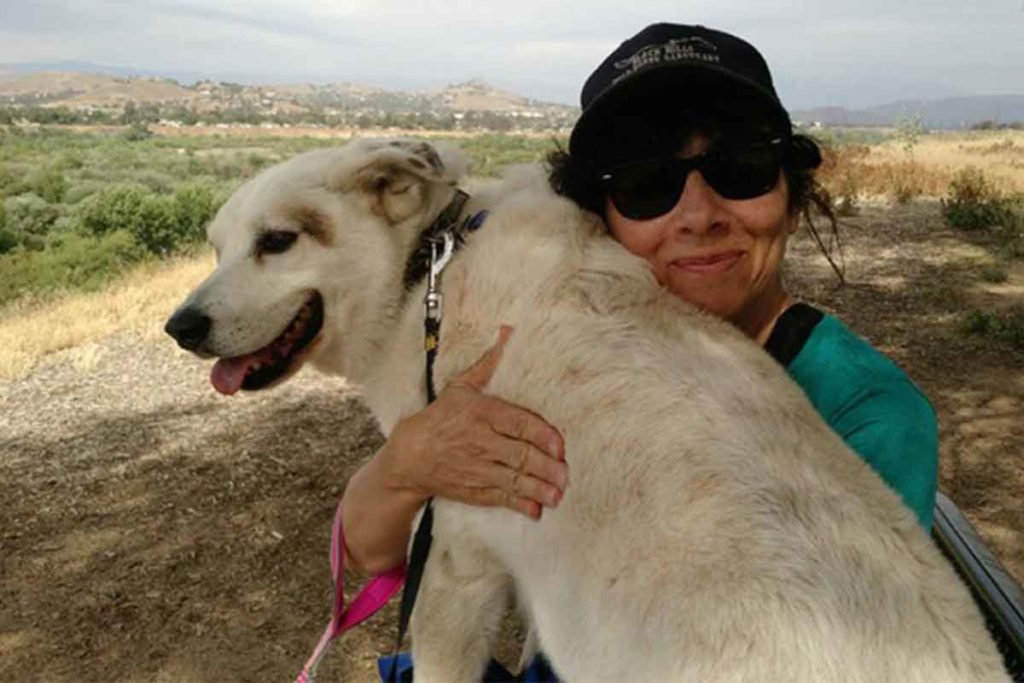Article: Adopting a Shelter Dog: 5 Tips For Success

Animal shelters can be scary places for a dog. Noisy, and filled with strange sights and smells, shelters can be intimidating for even the bravest canine soul. Timid dogs and those who haven’t been well socialized can become downright terrified when placed in a shelter environment.
Candy was one such dog. A 6-year-old Australian Shepherd mix, Candy had been surrendered to my local shelter by her family, who was moving away. She had been in the shelter for nearly a month when I went to see her.
When the shelter worker brought her out to meet me, Candy’s tail was tucked and she trembled all over. She looked around nervously, and didn’t make any attempt to interact with me. I could tell she was traumatized by her situation.
Despite her behavior, I sensed sweetness in Candy and adopted her a few days later. Next came the work of integrating this terrified dog into my home. During that time, I learned a lot about how to help an older dog who has been abandoned by her family and is suddenly expected to adapt to a completely new life. Here are some tips based on what I discovered.
- When considering a shelter dog for adoption, keep the dog’s situation in mind. Realize the dog is likely anxious and suffering from abandonment. The behavior you see at the shelter—cowering, anxious barking, aloofness—may not be typical for that dog in a home environment.
- Don’t expect too much immediately from the dog once you take him or her home. The dog you adopt may have been left by someone he loved or lost and unable to find his way home. These facts, combined with time spent in the shelter, have likely left him with some emotional trauma. It will take him a while to feel safe and secure.
- Create a routine. A great way to help your dog get comfortable in her new home is to give her a routine. Feed her in the same place and at the same time every day. Take her for a walk at the same time each day, and take the same route. Knowing what to expect each day will help lessen her anxiety.
- Have patience. It will take your dog time to learn to trust you and to understand the rules of the house. Just when it seems as if your dog is starting to catch on to what you want, you may see a temporary backslide. While some dogs adapt fairly quickly to a new home, others may take many months before they start to feel like a member of the family. Patience is key and will pay off in the long run.
- Enroll in training class. Once your dog has had some time to settle in, sign up for a training class which uses humane training techniques. Taking your dog to class once a week will put him on the fast track to learning how to respond to requests from you. Attend a class that utilizes play and treats to teach the dog. Training should be fun for you and your dog. It will also speed up the bonding process, help you communicate with him, and increase his overall confidence. Find a Fear Free Certified Trainer here.
Once your shelter dog comes to realize that he’s in his forever home, you’ll be amazed at how he will blossom. The love he shares will be your special reward.
This article was reviewed/edited by board-certified veterinary behaviorist Dr. Kenneth Martin and/or veterinary technician specialist in behavior Debbie Martin, LVT
